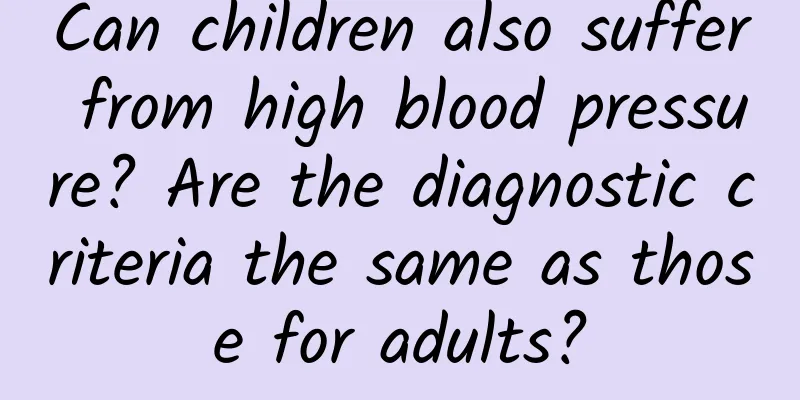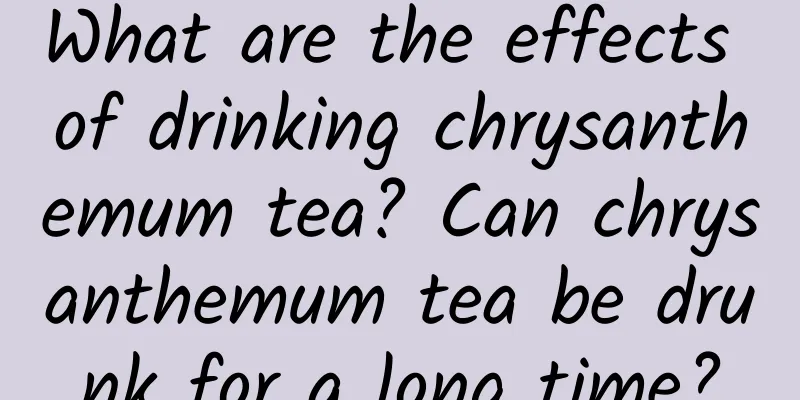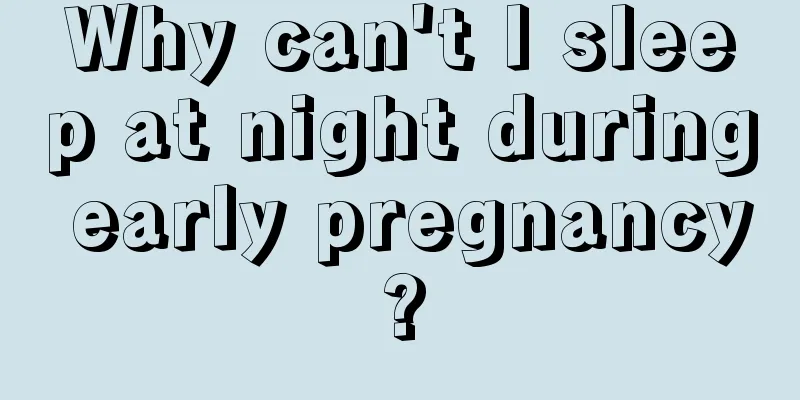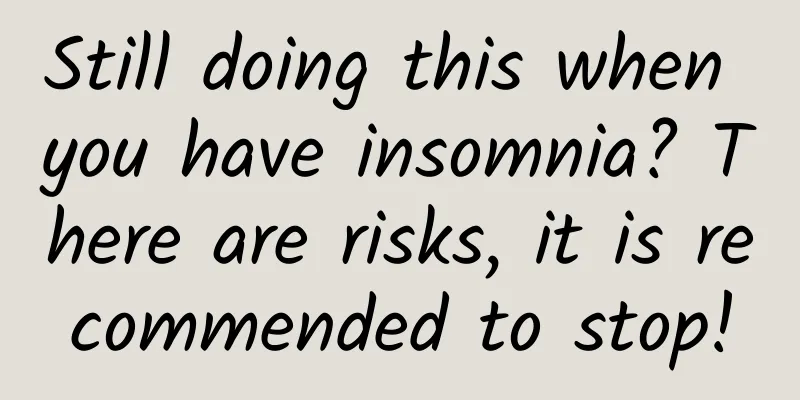Can children also suffer from high blood pressure? Are the diagnostic criteria the same as those for adults?

|
Author: Li Xiaohui, Chief Physician, Children's Hospital, Capital Institute of Pediatrics Reviewer: Meihua Park, Chief Physician, Peking University Third Hospital When it comes to hypertension, the first thing that comes to mind is the elderly. In fact, children can also suffer from hypertension. Childhood hypertension is receiving more and more attention. If childhood hypertension is not actively intervened, it will continue into adulthood, seriously affecting their quality of life. The results of the 2019 National Student Physical Fitness Survey show that the prevalence of hypertension among school-age children aged 6-17 is 13.0%. Clinically, hypertension is divided into primary hypertension and secondary hypertension. Elevated blood pressure with a clear cause is called secondary hypertension, such as kidney disease, endocrine disease, rheumatic autoimmune disease, blood tumors, and taking special drugs, which lead to increased blood pressure levels. Secondary hypertension is more common in childhood, and the cause needs to be actively sought. If there is no clear cause through various examinations and existing medical means, it is called primary hypertension. The cause of primary hypertension is unknown, but there are related influencing factors. Obesity is the first risk factor, and its independent contribution to the risk of hypertension is close to 20%. Overweight or obese children can lead to metabolic disorders, which in turn lead to high blood pressure. Other risk factors include a history of hypertension in parents, low birth weight, premature birth, unhealthy lifestyle habits (such as excessive intake of sugar and salt, insufficient intake of vegetables, lack of sleep and physical activity), and psychological and mental stress. Figure 1 Original copyright image, no permission to reprint Typical symptoms of hypertension include headaches, dizziness, nausea, and vomiting; prolonged hypertension can lead to poor weight gain and even affect development. If it is secondary hypertension, such as high blood pressure caused by kidney disease, there are symptoms of kidney disease itself, such as proteinuria, eyelid swelling, and typical symptoms of hypertension. Primary hypertension is not easy to detect because there are no specific symptoms. For young children, they may not express their feelings or symptoms; and for older children, because hypertension is a hidden onset process, they do not know when such symptoms began to appear, and they do not know whether the drowsiness, dizziness, headache, and discomfort every day are caused by high blood pressure. This is why hypertension in children is not easy to detect or is easily overlooked. How to detect hypertension in children early? It is difficult to detect it from symptoms alone. For children with a family history of hypertension, parents should pay attention to their children's blood pressure and measure their children's blood pressure regularly, which may lead to early detection. For children with hypertension risk factors such as obesity, it is recommended to monitor their blood pressure regularly, which can also help early detection. At present, many schools have added blood pressure measurement to physical examination items, which also helps to detect children with hypertension early. Figure 2 Original copyright image, no permission to reprint The diagnostic criteria for hypertension in children are different from those for adults. Adult hypertension has a fixed standard, while the diagnosis of hypertension in children is based on a percentile method that combines age, gender, and height. The specific method is to obtain the blood pressure corresponding to the age, gender, and height in the age-specific and height-specific blood pressure reference standards for men and women by looking up a table. When the systolic blood pressure and/or diastolic blood pressure ≥ the 95th percentile (P95), hypertension is diagnosed. Simplified evaluation criteria can be used as a reference: blood pressure in children and adolescents ≥ 120/80 mmHg; blood pressure in school-age children ≥ 110/70 mmHg; blood pressure in the neonatal period ≥ 90/60 mmHg. See a doctor in time, make a clear diagnosis, and actively intervene or treat. |
<<: Under the Feathers: The Inextricable Relationship between Salmonella Typhimurium and Pigeons
>>: Airway foreign body obstruction: An emergency guide to protect your breathing
Recommend
Bleeding after taking birth control pills
Taking birth control pills may cause bleeding, su...
What to do if brown discharge appears in the lower body
Each of us has a relatively private organ in the ...
How do I know if I have uterine adhesions?
Intrauterine adhesions have a great impact on wom...
The blood is black on the third day of menstruation
Menstrual blood is generally pink or bright red. ...
Postpartum vaginal pain
A woman’s body is at its weakest in the stage rig...
Is back pain a symptom of ovarian cyst?
Ovarian cyst is a common gynecological disease. N...
Female thumb nail depression
My fingernails used to be very flat, but during t...
What's wrong with a girl who hasn't had her period for two months?
Irregular menstruation is the most troublesome pr...
How do you open an oyster? Can you eat the black shit-like inside of an oyster?
Oysters in Europe and America mainly include edib...
Can I swim the day before my period?
In summer, people like to go to swimming pools or...
A hard lump on the female vulva
Some women may accidentally find a hard lump on t...
World Suicide Prevention Day | A child cuts his hand and says he doesn't want to live anymore. Is this a threat or a request for help?
Author: Qian Hong: Doctor of Medicine, Attending ...
What can I eat to increase my milk supply?
Women produce milk during pregnancy and breastfee...









